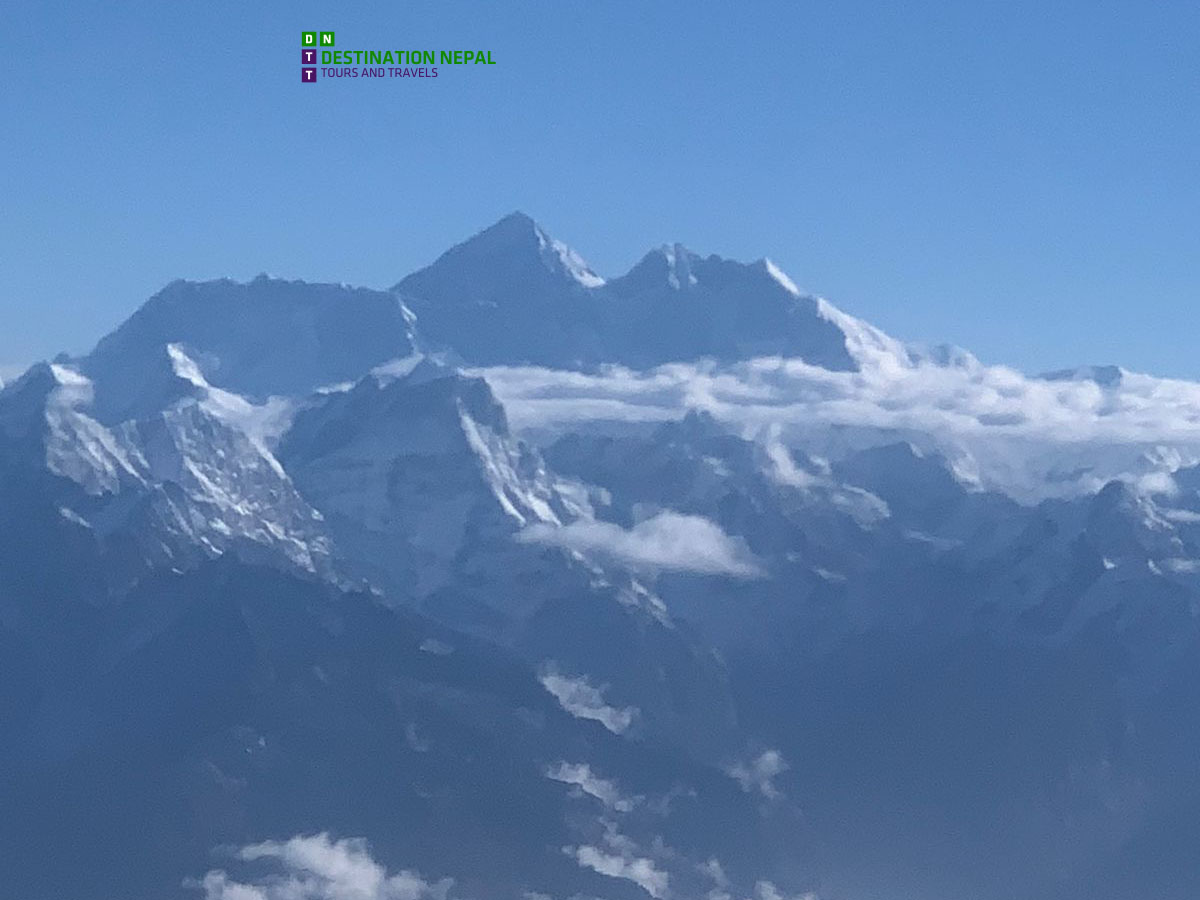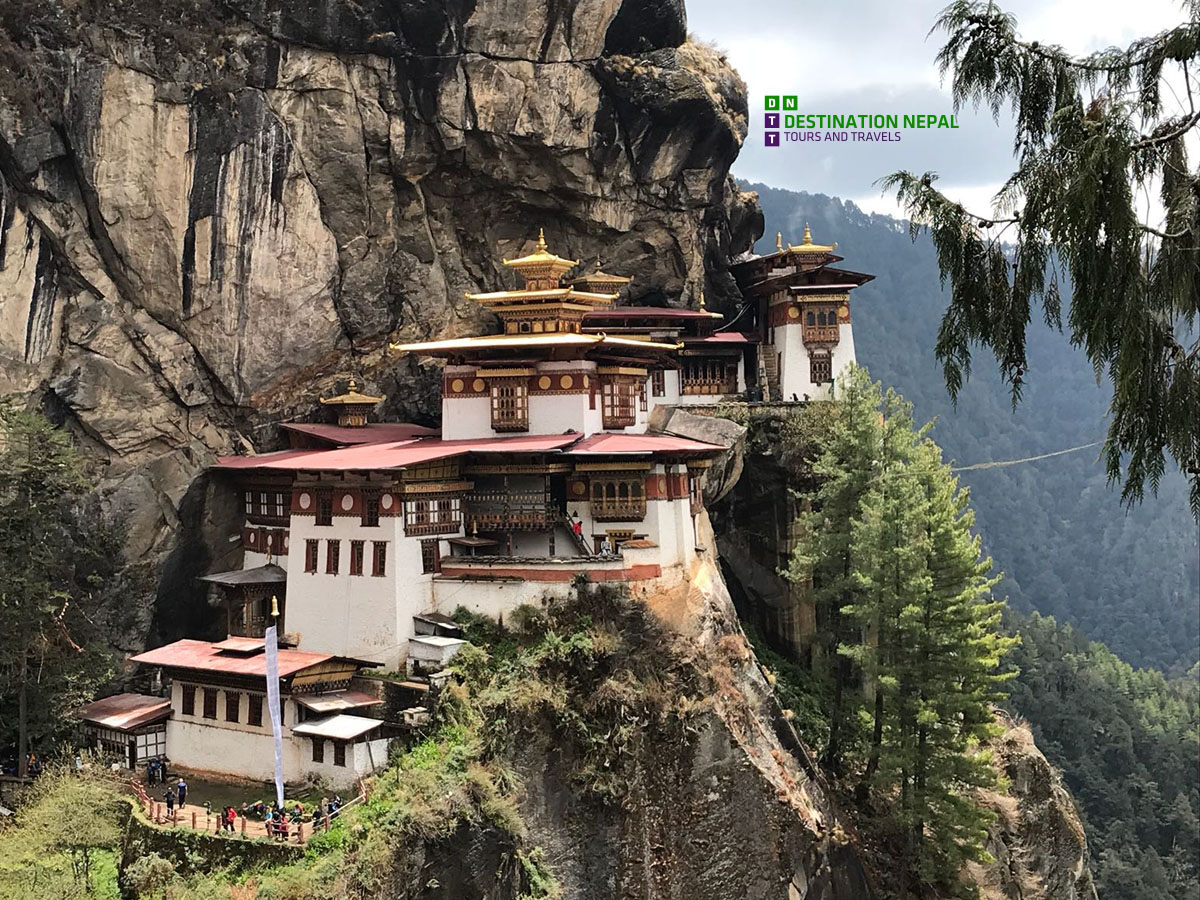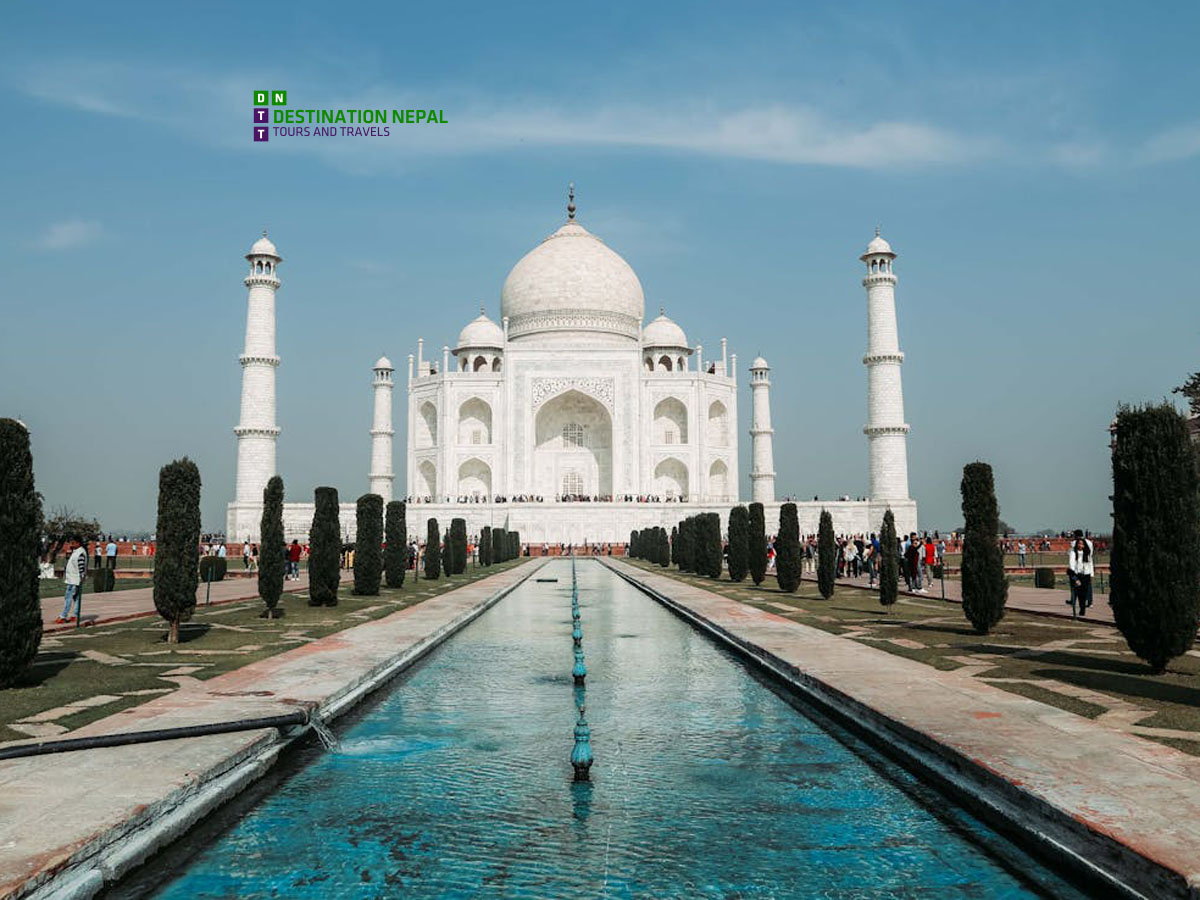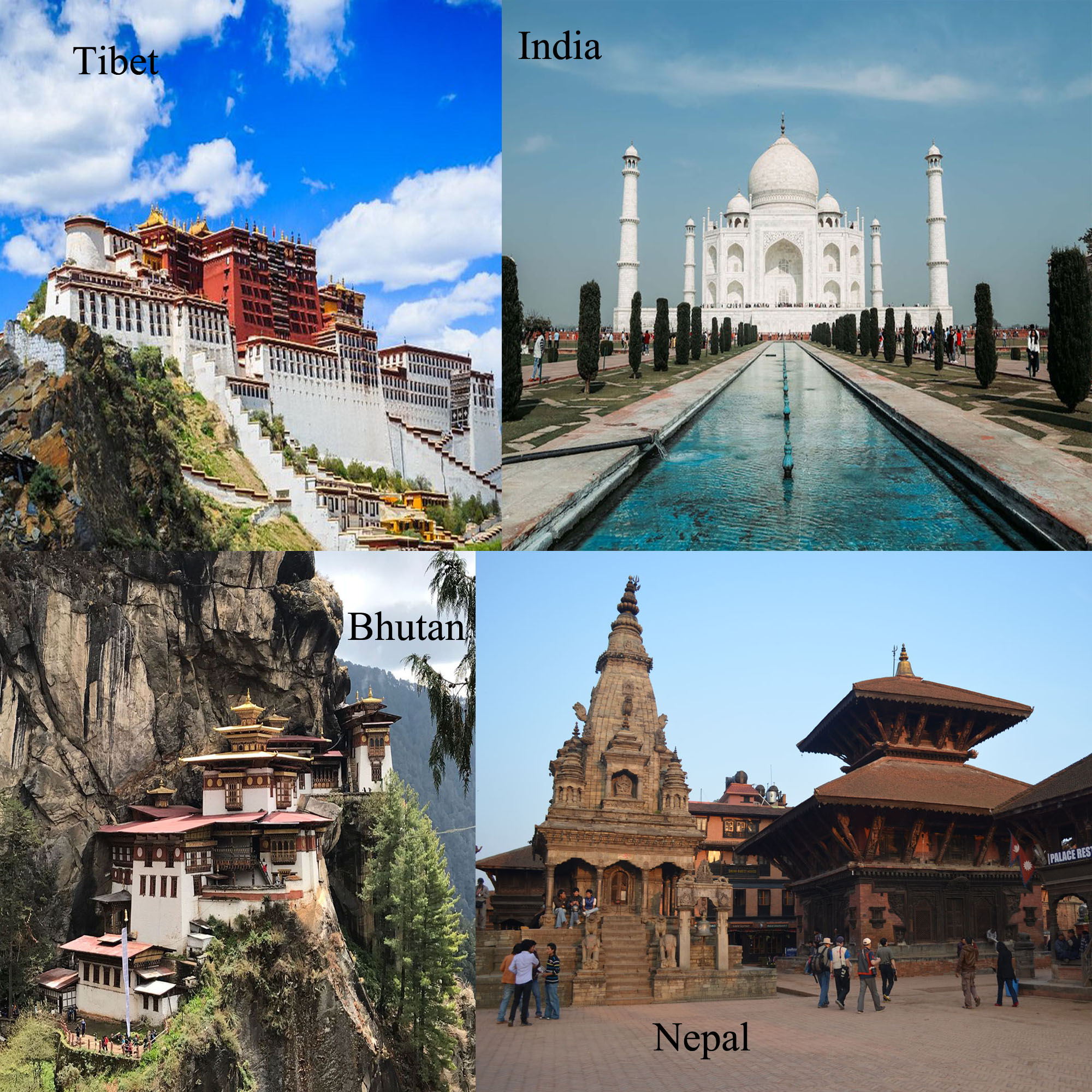Patan Durbar Square
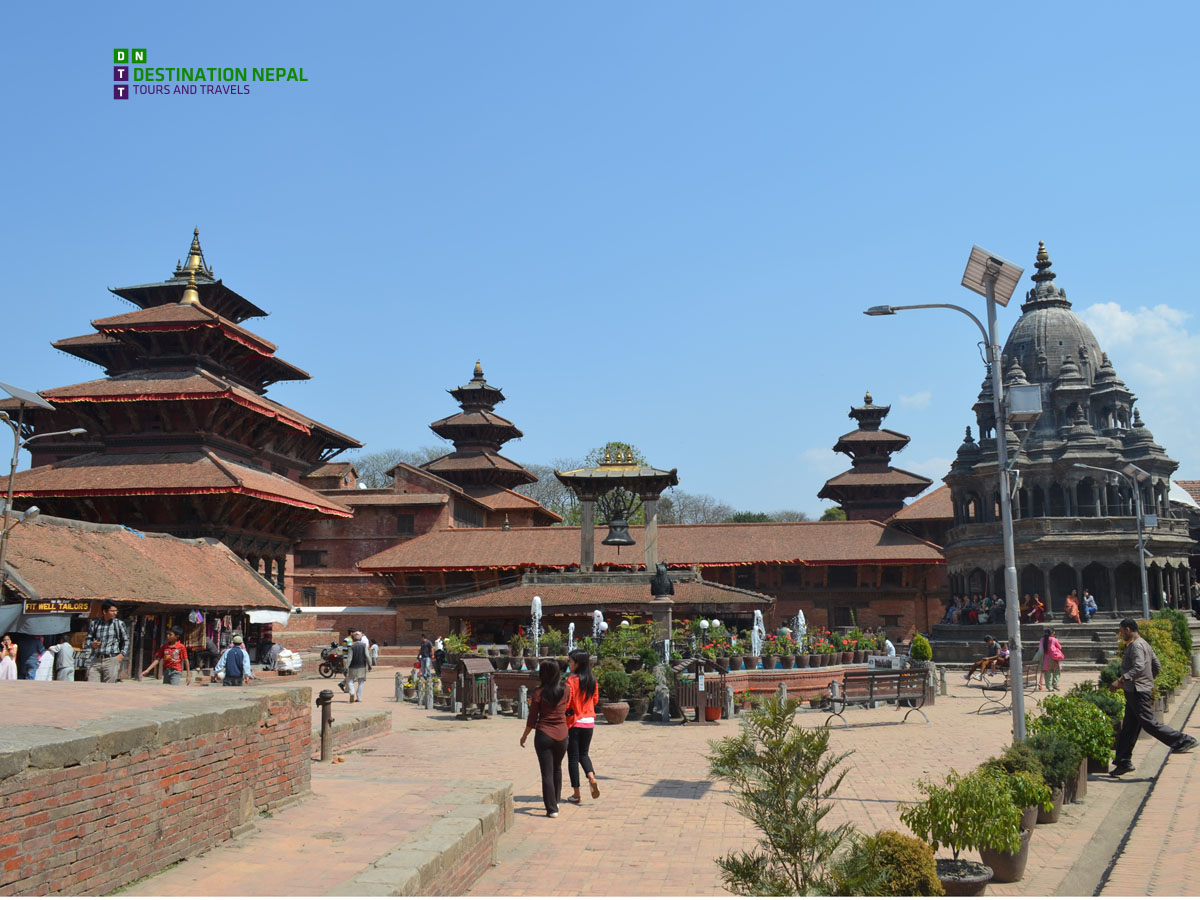
Patan Durbar Square
Patan Durbar Square, also known as Lalitpur, is famously called the "city of arts." Situated just 5 km south of Kathmandu across the Bagmati River, it is the oldest of the three cities in the Kathmandu Valley. Founded in the 3rd century, Patan is home to some of Nepal’s finest craftsmanship. The monuments in Patan Durbar Square mostly date back to the medieval Malla period (16th-18th century) and are largely attributed to King Siddhi Nar Singh Malla, Shri Niwas Malla, and Yog Narendra Malla.
Main Courtyards (Chowks):
Patan Durbar Square consists of three main courtyards: Mul Chowk, Sundari Chowk, and Mani Keshab Narayan Chowk, which houses the famous Patan Museum. The Sundari Chowk, built by King Siddhi Narsingh Malla in 1647 AD, is known for the Royal Bath, a stunning stone sculpture used for ritual bathing.
Bhimsen Temple:
Located on the northern side of the square, the three-storied Bhimsen Temple is famous for its magnificent golden balcony. It holds special importance for the local merchant community and is surrounded by curio shops.
Vishwa Nath Temple:
This two-storied Vishwa Nath Temple is built in the pagoda style and is dedicated to Lord Shiva. Guarded by two stone elephants, it houses a large phallic representation of Shiva.
Krishna Mandir:
The Krishna Mandir, built entirely of stone in the 17th century by King Siddhi Narsingh Malla, is an outstanding example of the Shikhara style temple. It is the only temple in Nepal with 21 golden pinnacles and features engravings from the Ramayana and Mahabharata.
Stone Column:
A notable stone column features King Yog Narendra Malla in prayer to Goddess Taleju, protected by a snake with a bird perched on top. Legend holds that as long as the bird remains, the king will be remembered.
Jagatnarayan Temple:
Also known as Char Narayan Temple, this ancient structure south of Krishna Mandir is guarded by two stone lions and human figures.
Harishankar Temple:
Built in 1704 AD, this three-tiered temple is dedicated to both Shiva and Vishnu. It was commissioned by the wives of King Yog Narendra Malla after his death and is also called the Sati Temple.
Taleju Temple:
The three-storied Taleju Bhawani Temple and the five-storied Digu Taleju are impressive wooden structures built by King Siddhi Narsingh Malla in the 17th century, showcasing exquisite craftsmanship.
Golden Temple:
The Golden Temple (Hiranya Varna Mahavihar), built by King Bhaskar Verma in the 12th century, features a large prayer wheel, images of Amoghapasha Lokeswar, and Buddha paintings. It is a short walk north from the main square.
Kumbheshwor:
The five-storied Kumbheshwor Temple, dedicated to Lord Shiva, was built during the reign of King Jayasthiti Malla in the 14th century. A grand religious festival takes place here during Janai Purnima in August.
Mahabouddha:
The Mahabouddha Temple, constructed in the 15th century by architect Avay Raj, is adorned with a thousand images of Buddha and is located east of the square.
These monumental sites, along with other shrines, stupas, and sculptures, make Patan Durbar Square a must-visit for history lovers and art enthusiasts.
If you want a travel guide to Patan Durbar Square, visit here.
You can find tour package here: Nepal Tour Packages
If you want to see what our customers are saying about us in their reviews: TripAdvisor
